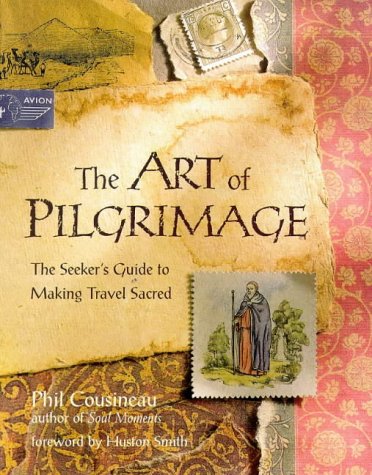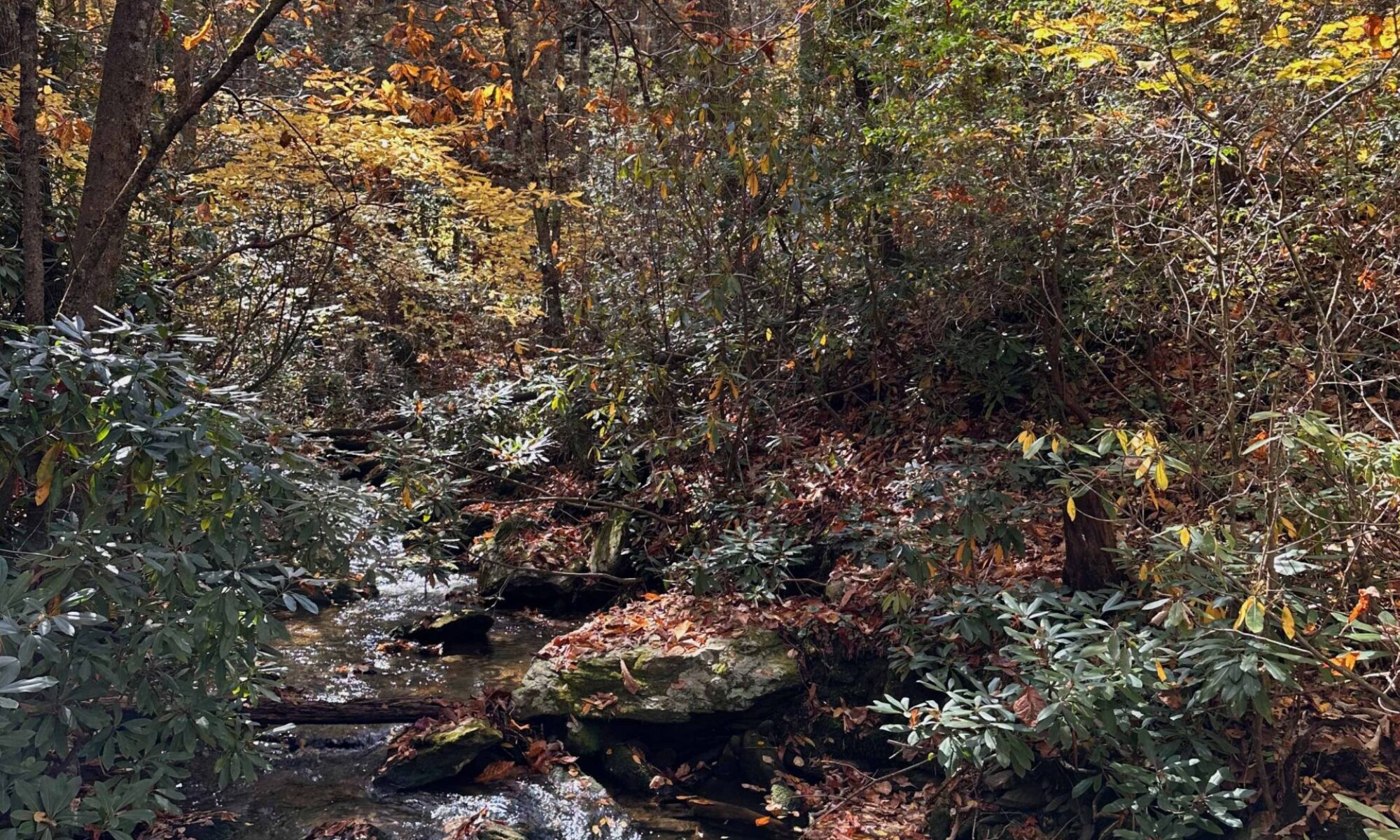Lisa Deam, 3000 Miles to Jesus: Pilgrimage as a Way of Life for Spiritual Seekers

(Minneapolis Broadleaf Books, 2021), 211 pages including notes and a few drawings and maps
Early pilgrims
In the centuries between the crusades and the Reformation, there were many devout Christians who made pilgrimages. While Rome and Santiago de Compostela (the Way of Saint James) were the popular destinations, there were also hardy souls who attempted to make the trip to the Holy Lands.
The journey to Jerusalem was hard and expensive. They traveled overland across Europe and climbed the Alps, in an era before guidebooks and maps. Without travel insurance and credit cards, they had to be careful as they made good targets for thieves. Once they reached Venice along the Italian coast, they bargained for a berth in a ship sailing for Joppa or another town along the Palestinian Coast. It was not a plush cruise. No one served them umbrella drinks on the veranda. Instead, they were cramped in the bowels of a sailing ship for five or so weeks, eating dried bread meats and hoping they had enough fresh water.
Once they arrived, they had to deal with customs. Muslims controlled the region and could friendly or not. Amongst these strangers, they had to hire guides to lead them to Jerusalem. Once they arrived, they had to pay a price for everything they did (In the centuries since Jesus, the Holy Lands had become a tourist trap).
Many had ecstatic experiences when walking the paths Jesus trod. They saw the signs. Some poured wine into embedded footprints that supposedly belonged to Jesus. On their knees, they would drink the wine (I suppose lapping it up with their tongues like a dog). Others were depressed. Jerusalem, 13 or more centuries after Christ, didn’t impress them.
Deam’s pilgrims
Deam follows three such pilgrims. Margery Kempe was from England. She was a wife and the mother of twelve children. Yet, she found support to make the journey. Swiss friar Felix Fabri and Italian Pietro Casola are the other two pilgrims Deam’s focuses on. Deam also draws from other pilgrim accounts as well as the writings of those contemporary to the pilgrims, such as Walter Hilton and Dante Alighieri. In addition, she draws from modern theologians such as Eugene Peterson and Howard Thurman.
Recommendation
This is not a just a history book. The purpose is for the reader to realize how he or she is also a pilgrim in this life. While informed by historical pilgrims, this is essentially a devotional book. One of my complaints of the book is that there could have been more historical background and stories. But then, the book might have been less appealing as a devotional book and more for academia.
I have often thought about leading a trip to the holy lands where, in addition to the Bible, I would draw from the writings of Mark Twain’s The Innocents Abroad. If I ever take that journey, I’ll add Deam’s book to the reading list and maybe the first hand account written by those who travelled there in the 13-15 centuries. Deam’s provides a bibliography of “medieval voices” that have been translated into English in the back the book.
Additional reading on pilgrimage
I have read a lot about pilgrimages over the years. In addition to Twain’s The Innocents Abroad (I’d also suggest Roughing It and Following the Equator), I recommend Phil Cousineau, The Art of Pilgrimage (see below), Rebecca Solnit, Wanderlust: A History of Walking, Rolf Potts, Vagabonding, and the anonymous 19th Century Russian who wrote The Way of a Pilgrim and The Pilgrim Continues His Way. Deam mentions this last book, which was given to me by a Hindu friend from Malaysia.
Quotes:
“In the broad sense, a ‘pilgrim is one who is a stranger.'” Dante (11)
“Our pilgrimage on earth is an image of the glorious pilgrimage to the celestial city.” (17)
“Because Hilton had both secular and sacred vocations, he is the ideal guide for contemporary Christians on their journey of faith. He understood that some people are suited for religious live and others for vocations of the world, yet that all are called to a spiritual life of contemplation and prayer. (2-21)
“Whether en route to the physical or the interior Jerusalem, a pilgrim never walks alone. All need guide and companions for the journey.” (23)
“A paradox of pilgrimage,…, is that we are journeying toward a home we have not seen.”
“So much in life remains uncertain, but our destination does not.” (37)
“This practice of settling debt and writing a will-and indeed the whole enterprise of pilgrimage-flies in the face of our risk-averse culture.” (50)
“Old habits and ingrained ways of thinking tempt us to believe we are better off where we are (or were), even though Jesus beckons us to a better place.” (64)
“I am nothing; I have nothing; I desire nothing but the love of Jesus’ alone.” -Walter Hilton (68)
“‘We all long for [Eden], and we are constantly glimpsing it: our whole nature at its best and least corrupted, it gentlest and most humane, is still soaked with the sense of exile.’ The grief that we feel is part of our history, a symptom of our shared humanity. And something would be desperately wrong if we did not long for our lost home.” -quote from Tolkien (121-2)
“Only when we are stripped of all that falsely shores us up can our soul stand naked before Jesus with a pure motive and clear vision. (138)
Phil Cousineau, The Art of Pilgrimage: The Seeker’s Guide to Making Travel Sacred

(New York: MJF Books, 1998), 254 pages
I wrote this review in 2010 and am republishing it here.
This book makes a lot of sense to me. Travel should be so much more than just sightseeing and crossing off places on our bucket lists of sites to see before we die. To me, it is instinctive to learn more about the places I travel in an attempt to connect with the “soul” of the land and the people.
In this book, Cousineau draws upon a wealth of pilgrimage literature as he encourages his readers to be attentive in their travels. Cousineau seasons his book with stories and quotes that come from the breath of humanity. He draws upon pilgrims of all ages. Most are religious, but not all. It seems there is an embedded need within our psyche to connect with something deeper. Included in the pilgrims reported on are visits to Jim Morrison’s grave and baseball fans who seek out Ty Cobb’s cleats. Cousineau is familiar with the writings of Christians, Jews, Muslims, Buddhist, and Hindu pilgrims, but he also is knowledgeable about native tribes and the legends of mythic journeys and what they have to tell us about pilgrimage.
What pilgrimage does to us
Pilgrimages change us. They can also bring political changes as Cousineau points to when writing about the “hill of crosses” in Lithuania. The hill, the site of a Lithuania victory of Sweden, had been an important site for the country since the mid-19th Century. Crosses adored the hill, but after the Soviet take-over in 1917, they removed the crosses. Yet, people regularly replaced the crosses, often by those who travelled many miles and risked their lives. Finally, in 1985, the Soviets stopped bulldozing the crosses and a few years later, Lithuanian students began to protest for independence. Looking back on his country’s long struggle, one Lithuanian commented on the importance of the Hill of Crosses. “Just knowing that it was there made the fight for independence much easier.” (44-47)
Cousineau grew up in a family that traveled frequently. His father felt that travel was good for the mind and his mother thought it was good for the soul. (xv) Cousineau combines the two perspectives.“Pilgrimage is a journey that moves us from mindless to mindful, from soulless to soulful travel.” (xxiii) The chapters of the book follows a pilgrim’s path: the longing, the call, departure, the pilgrim’s way, the labyrinth, arrival, and returning. He speaks of the pilgrim’s lamp, the tower, the satchel, the well of refreshment, and the need to give gifts and make offerings. I recommend this book and include some quotes to tempt you to read it:
Quotes:
“If you truly want to know the secret of soulful travel, we need to believe that there is something scared waiting to be discovered in virtually every journey.” (xxii)
Beauty is a ‘by-product of ordinary things,’” quote from Joseph Brodsky (22)
“Questions tune the soul…” “Ask yourself what mystery is being guarded by your longing.” (24)
The tarot card for a pilgrim is “the fool.” (49)
“’It is not so much what you do,’ wrote Epictetus in his study of happiness, ‘it is how you do it.’” (92)
“The practice of soulful travel is to discover the overlapping point between history and every day life, the way to find the essence of every place… Curiosity about the extraordinary in the ordinary moves the heart of the travel intent on seeing behind the veil of tourism.” (121)
“Do not seek to follow the footsteps of the men of old, seek what they sought. –Matssuo Basho” (173)“…savored the melancholy beauty, what the Japanese call sabi, the ‘sigh of the moment’” (176)
A question for my readers
Have you ever taken a pilgrimage? How was it? If you have not taken one, would you be interested?

For those who are home bodies or are not able to make a pilgrimage, this is a wonderful time of the church year to make a pilgrimage to the cross and, ultimately, to the resurrection through Bible study and reflection. That said, I think both of these books sound fascinating!
“‘We all long for [Eden], and…
For what’s it’s worth, I’ve heard a few speculate this longing might come from our human desire to escape the civilization we’ve created. The author of “Sapiens”, Yuval Noah Harari implies that our departure from the hunter-gatherer lifestyle was a mixed blessing. Even Patrick Wyman says as much on his podcast Tides of History in several of his recent episodes.
I watched a bio of Mark Twain during the time he wrote Innocents Abroad. It told the entire story, as you described it, of going on a pilgrimage and hos take on that (which he sent back as newspaper articles. I didn’t get the religiousness of it, more the academia or a writer’s impressions. You brought a lot of what I saw into focus.
Great quotes ❤
Nice quotes and interesting subject. Thank you for sharing.
Both sound good.
For me personally no, I don’t like traveling.
Have a good week.
The Innocents Abroad… the passage about a camel eating his dinner jacket is one of the funniest things I’ve ever read.
Or where he was cheated by a Samaritan when buying gloves and said the “Good Samaritan was the only one.”